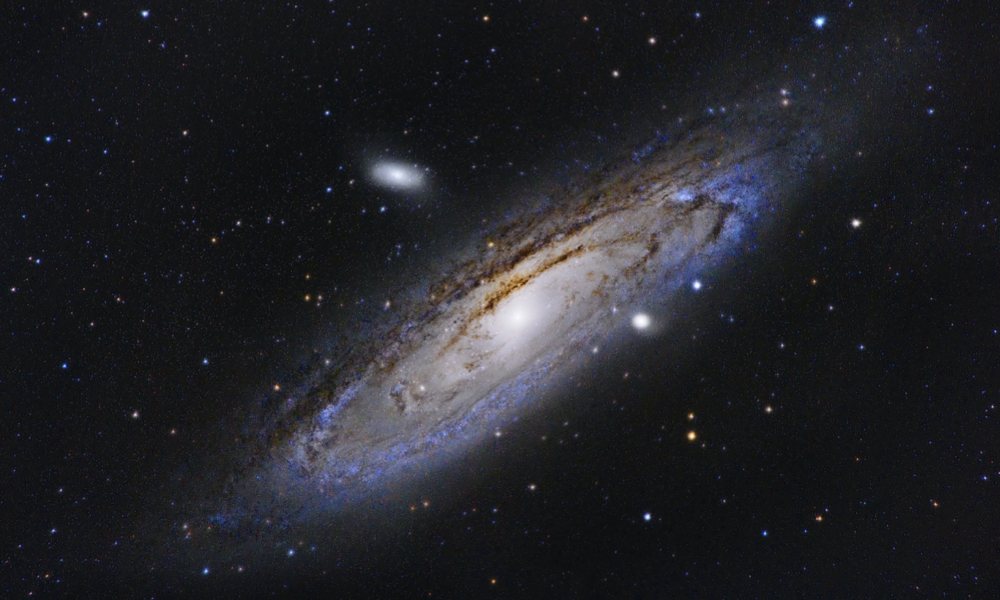
ESA Open Invitation to Tender AO8944
Open Date: 12/10/2017
Closing Date: 05/12/2017 13:00:00
Status: ISSUED
Reference Nr.: 17.1TT.66
Prog. Ref.: CC for Advanced Tech
Budget Ref.: E/0505-01C – CC for Advanced Tech
Special Prov.: BE+DK+FR+DE+IT+NL+ES+SE+CH+GB+IE+AT+NO+FI+PT+GR+LU+CZ+RO+CA
Tender Type: C
Price Range: 200-500 KEURO
Products: Ground Segment / Ground Station / Baseband equipment / Telemetry and Telecommand equipment, Tracking, Ranging and Doppler measurement equipment, CODECS, …
Techology Domains: Ground Station Systems and Networks / Ground Station System / Advanced Ground Station Design Concepts
Establishment: ECSAT
Directorate: Directorate Telecom & Integrated Applica
Department: Telecom Technologies,Product&Systems Dep
Division: Technologies and Product Division
Contract Officer: Dean, Andrea
Industrial Policy Measure: C1 – Activities in open competition limited to the non-Larg…
Last Update Date: 12/10/2017
Update Reason: Tender issue
Priority 2 Objective:The objective of this activity is to design, develop and test a ship-borne user terminal prototype that integrates the Automatic Identification System (AIS), VHF Data Exchange (VDE) and Application Specific Messaging (ASM) functionalities into one single unit. Targeted Improvements:Allowing seamless operation of the AIS/VDE/ASM links for both terrestrial and satellite components.Facilitating the adoption of maritime satellite based VDE services.Description:The World Radio Conference 2015 adopted new frequencies for digital communication in maritime VHF bands for terrestrial as well as satellite communications (mainly for Application Short Messaging). The agenda for the next 2019 radio conference will consider additional VHF frequency bands thus providing a solid basis to continue developing VHF maritime communications services and technology.There is currently no system in the market that offers an integrated solution that combines Automatic Identification System (AIS), VHF Data Exchange (VDE) and ApplicationSpecific Messaging (ASM) functionalities into one single unit.The opportunity to integrate them together is derived from the outcome of two ARTES 5.1 studies; one for the VDE downlink and one for the VDE uplink. This is augmented by the fact that it is technically possible to re-use existing RF infrastructure.The objective of this activity is to design, develop and test in an operational environment a ship-borne user TX/RX terminal prototype that integrates the Automatic Identification System (AIS), VHF Data Exchange (VDE) and Application Specific Messaging (ASM) functionalities into one single unit.The proposed activity will start with the detail design of the required component to be added in the AIS unit in order to support ASM and VDE transmit and receive functionality.Potential hardware, firmware and software solutions will be investigated considering solutions based on the state of the art technologies and COTS. Particular attention will be given to services supporting sensory networks, data collection as well as M2M services formaritime applications.The expected deliverables of this activity should include:-A design proposal for the integration of AIS/VDE/ASM transmit and receive functionality relying on existing RF infrastructure-Development of a hardware prototype integrating theexisting functionality for terrestrial and long-range satellite transmission with the firmware and software for Application Specific Messages (ASM) transmission for terrestrial and satellite reception (for applications such as M2M).The outcome of this activity could be instrumental for the preparation for World Radio Conference 2019.Priority 2 activities will only be initiated on the explicit request of at least one delegation.Procurement Policy: C(1) = Activity restricted to non-prime contractors (incl. SMEs). Foradditional information please go to EMITS news “Industrial Policy measures for non-primes, SMEs and RD entities in ESA programmes”.
If you wish to access the documents related to the Invitation to Tender, you have to log in to the ESA Portal.
